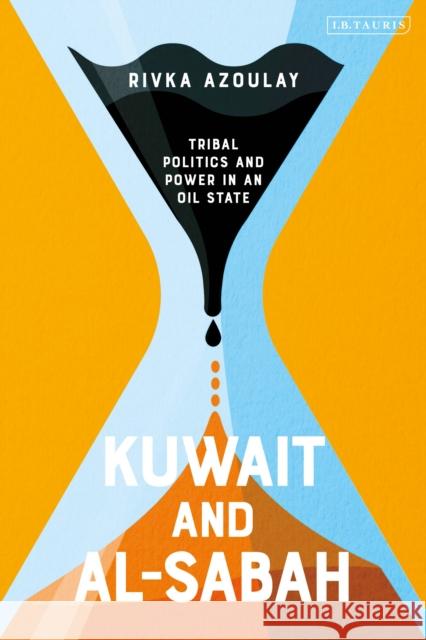Kuwait and Al-Sabah: Tribal Politics and Power in an Oil State » książka
topmenu
Kuwait and Al-Sabah: Tribal Politics and Power in an Oil State
ISBN-13: 9780755650989 / Angielski / Miękka / 2023 / 280 str.
Kuwait and Al-Sabah: Tribal Politics and Power in an Oil State
ISBN-13: 9780755650989 / Angielski / Miękka / 2023 / 280 str.
cena 147,93
(netto: 140,89 VAT: 5%)
Najniższa cena z 30 dni: 143,72
(netto: 140,89 VAT: 5%)
Najniższa cena z 30 dni: 143,72
Termin realizacji zamówienia:
ok. 30 dni roboczych
Dostawa w 2026 r.
ok. 30 dni roboczych
Dostawa w 2026 r.
Darmowa dostawa!
Kategorie BISAC:
Wydawca:
Bloomsbury Publishing (UK)
Język:
Angielski
ISBN-13:
9780755650989
Rok wydania:
2023
Ilość stron:
280
Wymiary:
23.4 x 15.6
Oprawa:
Miękka











